The Most Important Step in the Print Workflow
Monitor Calibration
In preparation for producing the best image files possible for print, I take several important steps throughout my editing workflow. The most important step however, is working on a monitor calibrated for color and brightness. By calibrating my monitor I can ensure that my prints will come out exactly the way I envision them. Currently, I work on a BenQ SW270C monitor built specifically for editing photographs. One important note is that my monitor is calibrated differently based on whether the final image will be posted to the web or printed. When editing for web I set the brightness at 120 nits to accurately reflect what people will see on their phone or computer. But when editing for print I set the brightness at 80 nits to compensate for the fact that images look darker on paper than they do on a screen.
Other Important Steps That Make a Big Difference
Setting the Photoshop workspace to a light gray or white background ensures that any shadows in the image are not too dark, as editing on a black background changes the way the eye perceives shadows.
The final output size of the image file is the next important consideration to be made because that affects the output sharpening process.
Before I print my work, I first resize the image in Photoshop to the final output size, and then go through a multi-stage sharpening process. This is because different size prints will require different levels of sharpening. These are just a few of the important steps I take to produce a high-quality file for print.
